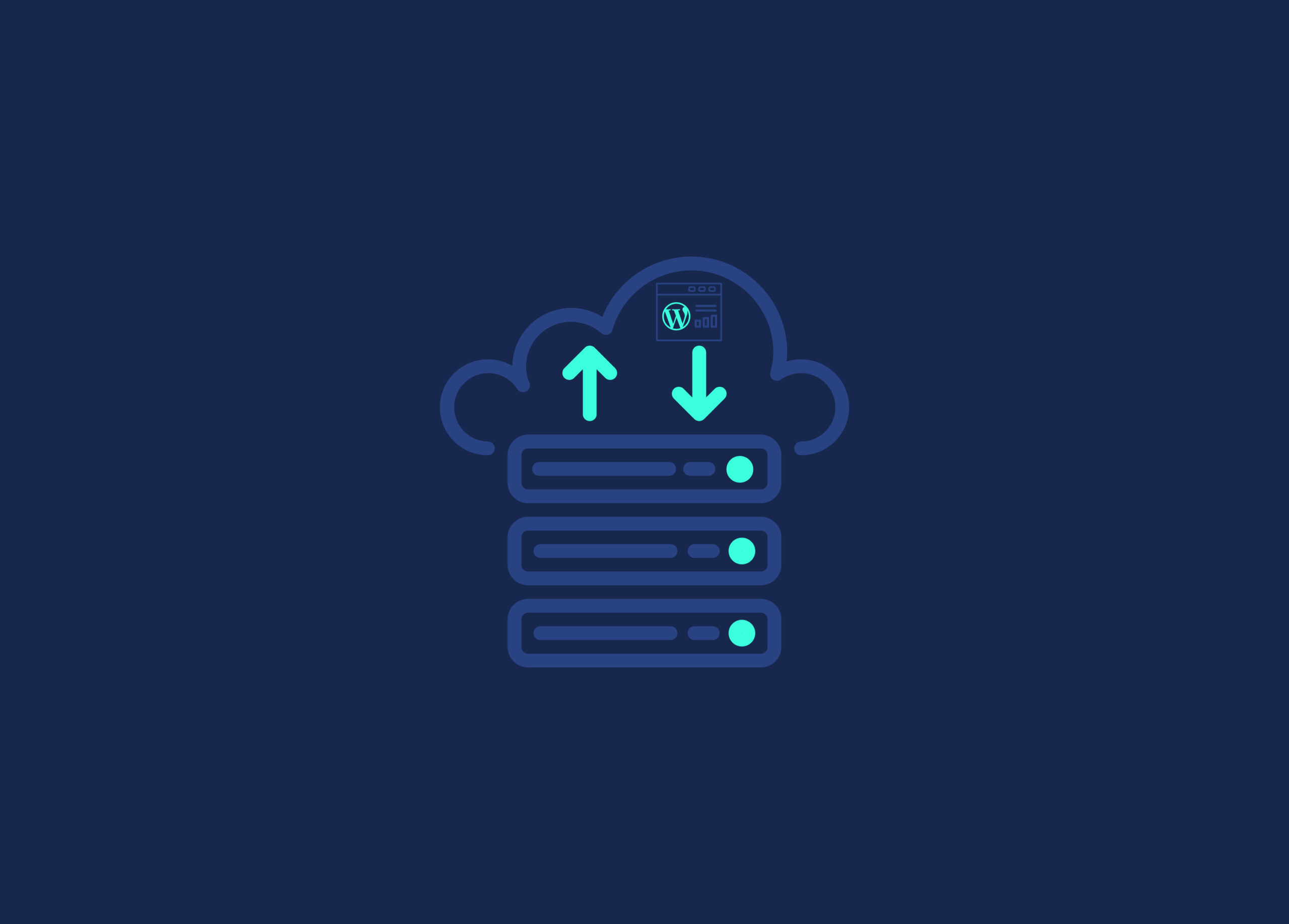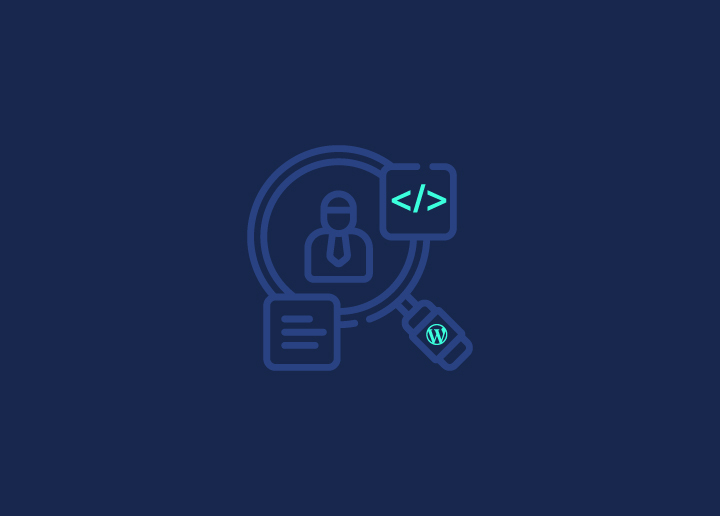Migrating a WordPress website to a new host is crucial to enhance performance, support, and scalability. As online needs evolve, changing hosts can address issues like slow loading times, insufficient resources, or inadequate customer support. Migrating a WordPress website involves transferring all website data, including files and databases, to a new server.
The benefits of this transition are manifold, ranging from improved website speed and responsiveness to gaining scalability for future growth. Understanding the essentials of this migration ensures a seamless transfer. So, let’s check out how to unlock the full potential of a WordPress website on its new hosting platform.
Contents
ToggleAssessing the Need for Migrating a WordPress Website
There are various compelling reasons why individuals or businesses might contemplate migrating their WordPress website to a new host.
Slow Loading Times
Slow loading times are often a result of inadequate server resources or inefficient hosting infrastructure. Users today expect instant access, and visitors may abandon the site if a website fails to meet this expectation. Migrating to a new host with better hardware, optimized servers, and faster network connectivity can significantly improve page load times, ensuring a smoother and more responsive user experience.
Frequent Downtime
Frequent downtime is another critical factor that may trigger migration. Unreliable hosting services can result in periods of inaccessibility, adversely affecting user trust and business credibility. A reliable host is essential to ensure uninterrupted service and maintain a positive online presence.
Lack of Support
Insufficient customer support is a common issue that drives website owners to seek a new host. Prompt and knowledgeable support is crucial when technical issues arise, or assistance is needed. If the current host lacks effective customer service, it becomes important to explore alternatives that prioritize timely and efficient support.
Need for More Resources
The need for more resources is a natural progression as websites grow. If the existing hosting plan lacks the required bandwidth, storage, or processing power to accommodate increasing traffic or additional features, migrating to a host with scalable options becomes necessary. This ensures the website can handle growth without compromising performance.
Security Concerns
Security concerns may also prompt migration. If the current host lacks robust security measures, moving to a more secure hosting environment becomes imperative to safeguard sensitive data and maintain the site’s integrity.
Read: How To Secure Your WordPress Website From Hacking
Is Your WordPress Website In Need Of A Migration?
Don’t stress, we’ve got you covered. Our team has the expertise to make the process of WordPress migration seamless and hassle-free.
Preparing for Migration
Before embarking on a WordPress website migration, creating comprehensive backups of all website files, databases, and plugins is paramount. This ensures you have a safe and complete copy of your website to restore from any unforeseen issues during migration, such as data corruption or compatibility issues.
Step-by-Step Backup Instructions
Backups are an insurance policy that safeguards your website’s integrity and content. Here’s a step-by-step website backup instruction. Also, verify the integrity of your backups regularly to ensure they can be successfully restored when needed.
- Files Backup: Access your website’s file directory via FTP or your hosting control panel. Download all files and folders to your local computer, preserving the folder structure.
- Database Backup: To export your entire database, use a tool like phpMyAdmin or a WordPress plugin such as UpdraftPlus or Duplicator. Save the exported SQL file locally, ensuring you have a complete copy of your website’s data.
- Plugin and Theme Backup: Download the latest copies of all active plugins and themes from the WordPress repository or the respective developers’ websites.
- Media Files Backup: If your media files (images, videos) are not included in the database backup, download them separately.
Significance of Choosing a Reliable Host
Selecting a reliable and compatible new hosting provider is a crucial aspect of the migration process. A dedicated host ensures minimal downtime, optimal performance, and robust security for your website. Here’s why it matters:
- Uptime Guarantee: Choose a web hosting provider with a high uptime guarantee to minimize website downtime during and after migration.
- Technical Compatibility: Ensure the new host supports the versions of PHP, MySQL, and other server configurations required by your WordPress installation.
- Scalability: Opt for a host that offers scalable hosting plans. This allows your website to grow without frequent migrations.
- Support Quality: Assess the host’s customer support by reviewing user testimonials. Responsive and knowledgeable support is crucial for addressing any post-migration issues promptly.
- Security Measures: Confirm that the new host has robust security measures in place, including firewalls, SSL certificates, and regular backups.
Steps in Migrating a WordPress Website
Following these steps during migration, you can successfully move your WordPress website to a new host while minimizing disruptions and ensuring a seamless transition for administrators and users.
- Export Database: In the existing hosting control panel, use phpMyAdmin or a WordPress plugin to export the database. Save the SQL file locally.
- Download Website Files: Connect to your current hosting server via FTP or use the hosting control panel to download all website files to your computer.
- Configure New Database: Create a new database and user in the new hosting control panel. Import the previously exported SQL file into the new database.
- Upload Website Files: Using FTP or the hosting control panel, upload the downloaded website files to the new hosting server.
- Update wp-config.php: Modify the wp-config.php file on the new server to reflect the new database details.
- Update Domain Settings: Point your domain to the new hosting provider by updating the DNS settings. This step might take some time due to DNS propagation.
- Search and Replace URLs: Use a search-and-replace tool to update URLs in the database from the old domain to the new domain.
- Check Permalinks: In the WordPress admin dashboard, navigate to Settings > Permalinks and click “Save Changes” to refresh the permalink structure.
- Test the Website: Visit your new website to ensure all pages load correctly and functionality remains intact.
Potential Challenges and Solutions
Here are the solutions for potential challenges you might encounter while migrating a WordPress website.
- Broken Links: Use a tool like the Better Search Replace WordPress plugin to update internal links pointing to the old domain. Perform a thorough website check for any broken links and update them manually.
- Incompatible Plugins: Before migration, ensure all plugins are updated to their latest versions. Check the new hosting environment for plugin compatibility and replace or update any incompatible plugins.
- Theme Compatibility: Confirm that your WordPress theme is compatible with the latest WordPress version. Update or replace the theme if necessary to avoid layout issues.
- SSL Certificate: If you had an SSL certificate on the old host, ensure the new host supports SSL. Install and configure an SSL certificate on the new host if needed.
- Post-Migration Checks: After migration, thoroughly test the website’s functionality, including forms, navigation, and e-commerce features. Monitor server logs for any error messages and address them promptly.
Essential Post-Migration Tasks
After migration, systematically test the entire website to ensure all pages, functionalities, and plugins work correctly. Verify forms, navigation menus, contact pages, and any interactive elements to guarantee a seamless user experience.
- Performance Optimization: Optimize website performance by checking loading times and addressing any issues that may have arise during migration. Utilize caching mechanisms, image compression, and other optimization techniques to enhance site speed.
- Update DNS Settings: Once the website has been thoroughly tested on the new host, update the DNS settings with your domain registrar. Changes to DNS settings may take time to propagate, so be patient while waiting for the domain to point to the new hosting server.
- Redirect Old URLs: Implement 301 redirects from the old URLs to the corresponding new URLs to maintain SEO value and prevent broken links. Use the website’s .htaccess file or a plugin to set up redirects, ensuring a smooth transition for both users and search engines.
- SSL Certificate Configuration: If you had an SSL certificate on the old host, configure and verify SSL on the new host to ensure secure data transmission. Update the WordPress settings to reflect the new secure URLs.
Learn: Cost Of A WordPress Website: Things You Need To Know
Troubleshooting and Monitoring
Keep a close eye on server logs for any error messages or issues that may arise post-migration. Regularly monitor for timely identification and resolution of potential issues.
- Google Search Console Update: Update your website’s URL in Google Search Console to inform search engines of the domain change. Monitor crawl errors and address any issues flagged by Google.
- Content Delivery Network (CDN) Configuration: If you use a CDN, update the settings to reflect the new server. Clear the CDN cache to ensure visitors are served content from the updated server.
- Mobile Responsiveness Check: Confirm that the website remains mobile-responsive after migration. Test on various devices & screen sizes to guarantee a consistent experience for mobile users.
- Backup Verification: Double-check the integrity of your backups on the new host. Ensure the backup restoration process works seamlessly in case of unforeseen issues.
To Sum Up
Successfully migrating a WordPress website to a new host is a strategic move to optimize performance, enhance user experience, and address evolving online needs. From meticulous preparations, including comprehensive backups and careful host selection, to executing the migration with precision and conducting thorough post-migration tasks, each step plays a crucial role. This process empowers website owners to overcome challenges, ensure seamless functionality, and embrace the benefits of an improved hosting environment.



